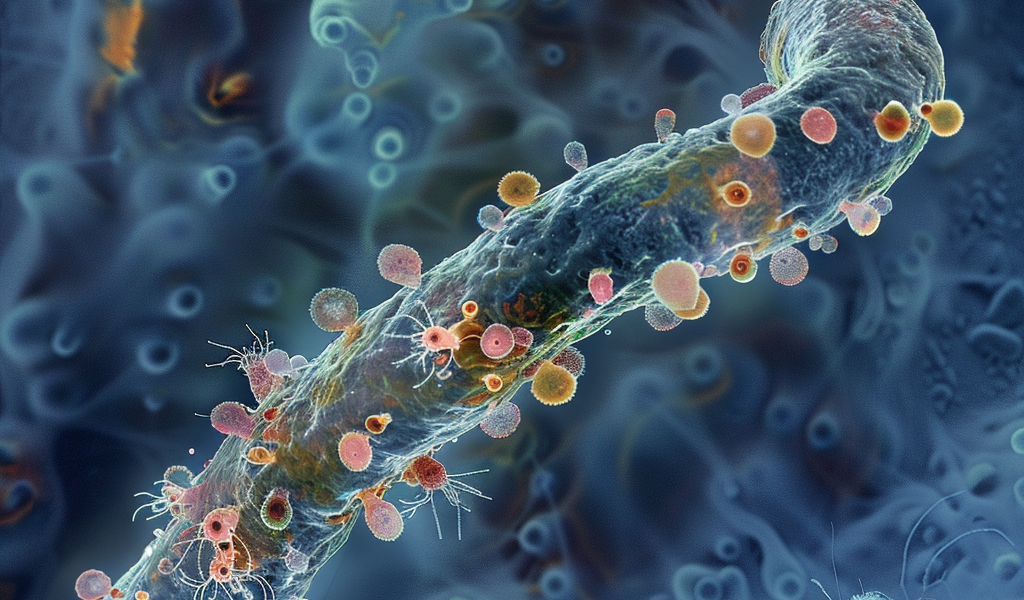Extreme environments are coded into the genomes of the organisms that live there. An organism’s genome is a set of DNA instructions needed for its development, function, and reproduction. It contains information from its evolutionary path that starts with the “first universal common ancestor” of all life on Earth and culminates with that organism.
Our research explores the hypothesis that an organism’s genome could contain other types of information, beyond genealogy or taxonomy. We asked: Could the genome of an organism contain information that would allow us to determine the type of environment the organism lives in?
As unlikely as it seems, a team of computer science and biology researchers at the University of Waterloo and Western University found that to be the case for extremophiles — organisms that live and thrive in extremely harsh conditions. These environmental conditions range from extreme heat (over 100 C) to extreme cold (below -12 C), high radiation, or extremes in acidity or pressure.
We looked at genomic DNA as a text written in a “DNA language” and used computational methods to analyze the text. We found that the DNA of extremophiles contains specific patterns that can be linked to the type of extreme environment in which the organism thrives.
This discovery opens up new possibilities for understanding how organisms adapt to extreme environments and how they have evolved to survive in such harsh conditions. It also raises intriguing questions about the potential applications of this knowledge, from biotechnology to astrobiology.





